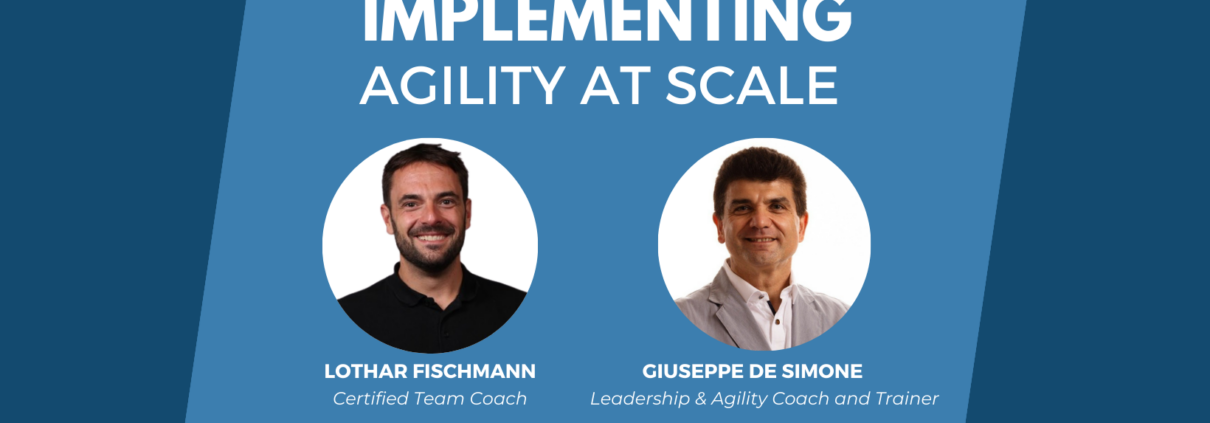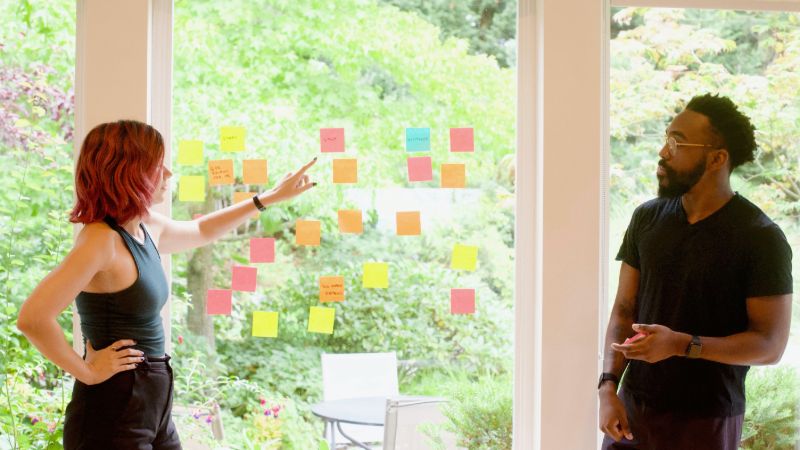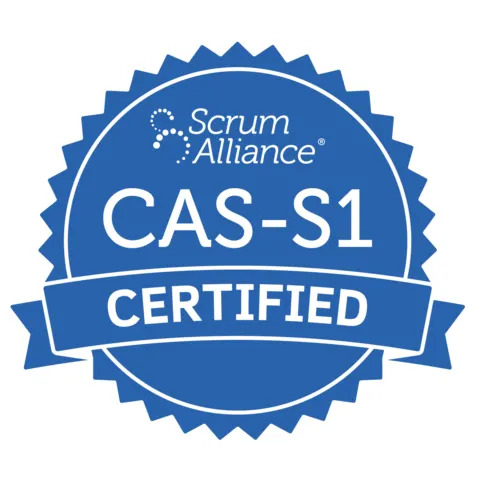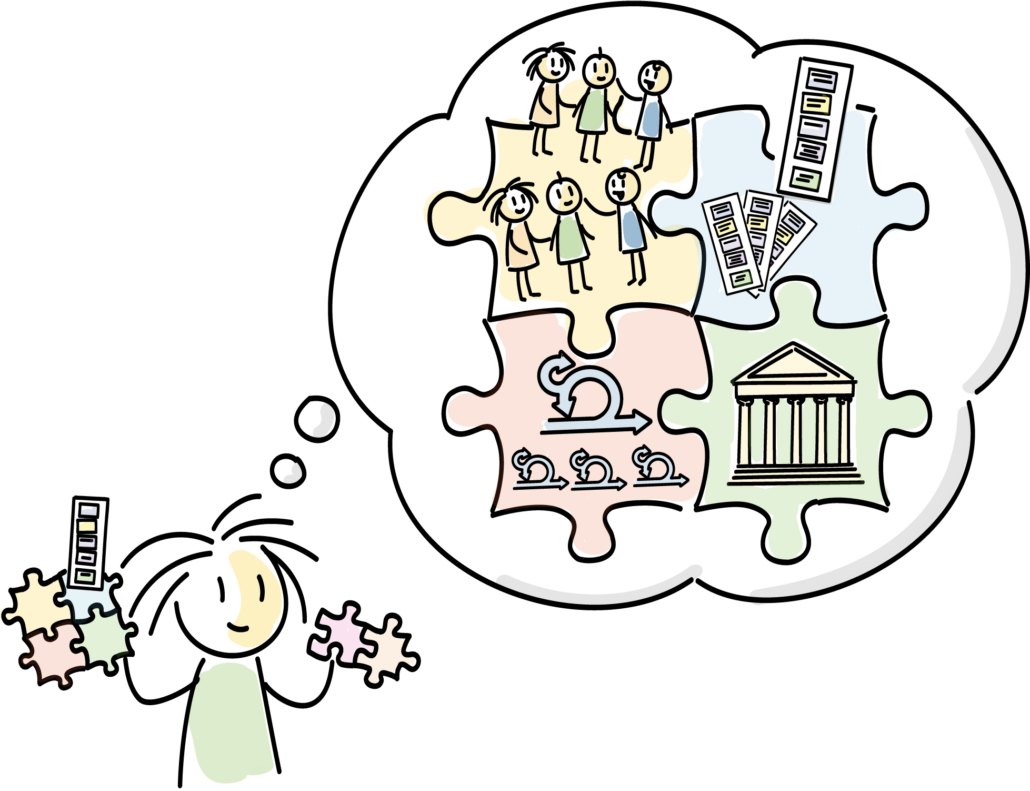2021 was another unpredictable year. Although we seemed more prepared for remote working and different ways of doing business, there were, as always, some unexpected curve balls. COVID-19 variants, hybrid working arrangements, and cancelled Christmas parties, among many other challenges, made for an interesting year of work. If there is anything we can learn from the past few years, it is to expect the unexpected. There is always room to inspect and adapt.
We asked you, our community, what your greatest agile challenges were from 2021 and what you learned from them. Here are eight of your biggest challenges, and biggest lessons, from the last year.
If you fail to inspect, you fail to adapt
Having a plan and procedures in place allows you the opportunity to inspect and adapt. This is a vital step towards improvement. As Agile practitioner Jesper Ørting reminds us, “In sport, people train 99% of the time and perform 1%, but in business, we train 1% of the time and have to perform 99%, and we still expect it to work.” This begs the question: are we spending enough time planning, developing skills, and adapting?
Scrum Master Riaan Johannes R reflects on how important having a plan was for his Program Increment (PI) Planning. “Face to face communication is already difficult with PI Planning, but doing this remotely is a nightmare,” he explained, “You need to not only have an agenda and a plan, but also facilitate via the tool you use and also know this off by heart.”
Trust and openness can help to overcome uncertainty
When there is massive uncertainty, it can result in a lack of purpose, motivation, and cohesion among your teams. Scrum Master Floris Dafel experienced this. “I’ve learnt that a lack of purpose is like kryptonite to teams”, he said, “and it can be overcome by trust and openness. […] We did some trust-building team exercises that helped and also created our own vision where there was a lack of it instead of waiting for it. The challenges actually built a strong team in the end.”
Change is a process and shouldn’t be imposed
For Agile Coach Matteo Betti, coping with change in a remote working environment was a massive challenge. They had the additional challenge of facing a massive reteaming. “I learned that you have to be patient and wait for the right opportunity to show things from different perspectives,” he explained, “Change should not be imposed. Scrum Master Daniel Palmisano shared a similar experience.“I learned that sometimes we have to be patient and let the people think about change and be willing to accept new ways of working,” he told agile42.
During times of change, teams need time to embrace the process. The best thing a leader can do is communicate what is expected across the team, be open to new ways of working, and be patient.
Take action after a retrospective
While retrospectives can be a great opportunity to look back on a sprint and make plans to improve in the future, it’s important to make sure they’re geared towards real, actionable change. “Retrospectives can be great and insightful but the pitfall is that if nothing changes teams tend to say, ‘this is all useless!’,” shared Facilitator Valentina Sandi. “So Inspect – Adapt – ACTION”. A successful retrospective ensures action instead of running into the same issues every time.
Make sure the team has a shared understanding of your goals
When undergoing change and transformation, especially along your Agile journey, it is crucial that everyone shares the same understanding of both the process and the goal. “Our biggest fail this year was assuming that everybody on the team and organisation has the same understanding of what Agile and Scrum means,” reflects Scrum Master Claus Trohl. “We are now rectifying this by more widespread communication throughout the organisation.”
Use the correct communication tools
There are a multitude of tools that can help you communicate better, especially as more and more teams work remotely. For Lean and Agile coach Ilija Popjanev, changing their approach to communication has been instrumental. She says, “Our biggest failure was weak communication through emails. We learnt the lesson and switched to Slack and Whatsapp, now it is totally different.”
Use games, activities and tools in Agile facilitation
Mentor and Facilitator Nissaf Sleimi has incorporated games and tools to build resilience while facilitating. Using games to practise agile methods not only deepens our understanding of concepts but helps us to build confidence, communication skills, and trust. You can practise communication and other Agile concepts through these games, such as the Kanban Pizza Game.
Keep learning, always
At agile42, one of our biggest lessons for the year was that the learning never ends. As we approach the new year, we want to make sure we’re not repeating old mistakes, and learn how to improve on the issues we’ve identified. Want to learn with us? Check out our online courses, enquire about our training and workshops, and sign up for our free webinars.














 To give a personal example; I got a package from Amazon the other day containing an expensive item that I never ordered. I contacted Amazon and they said, “do you not want it?” and I said, “well I never ordered it so something is messed up in your system”. Their digitised system couldn’t cope with me returning it, so I got a pair of size 8 shoes, which I can never use, for free.
To give a personal example; I got a package from Amazon the other day containing an expensive item that I never ordered. I contacted Amazon and they said, “do you not want it?” and I said, “well I never ordered it so something is messed up in your system”. Their digitised system couldn’t cope with me returning it, so I got a pair of size 8 shoes, which I can never use, for free.
 vision of the iPod. So what we are seeing is that a Product Vision can also be used for organisational or social development as Martin Luther King did. A vision and a clear understanding of the product is helpful and guides people on the journey.
vision of the iPod. So what we are seeing is that a Product Vision can also be used for organisational or social development as Martin Luther King did. A vision and a clear understanding of the product is helpful and guides people on the journey. 




